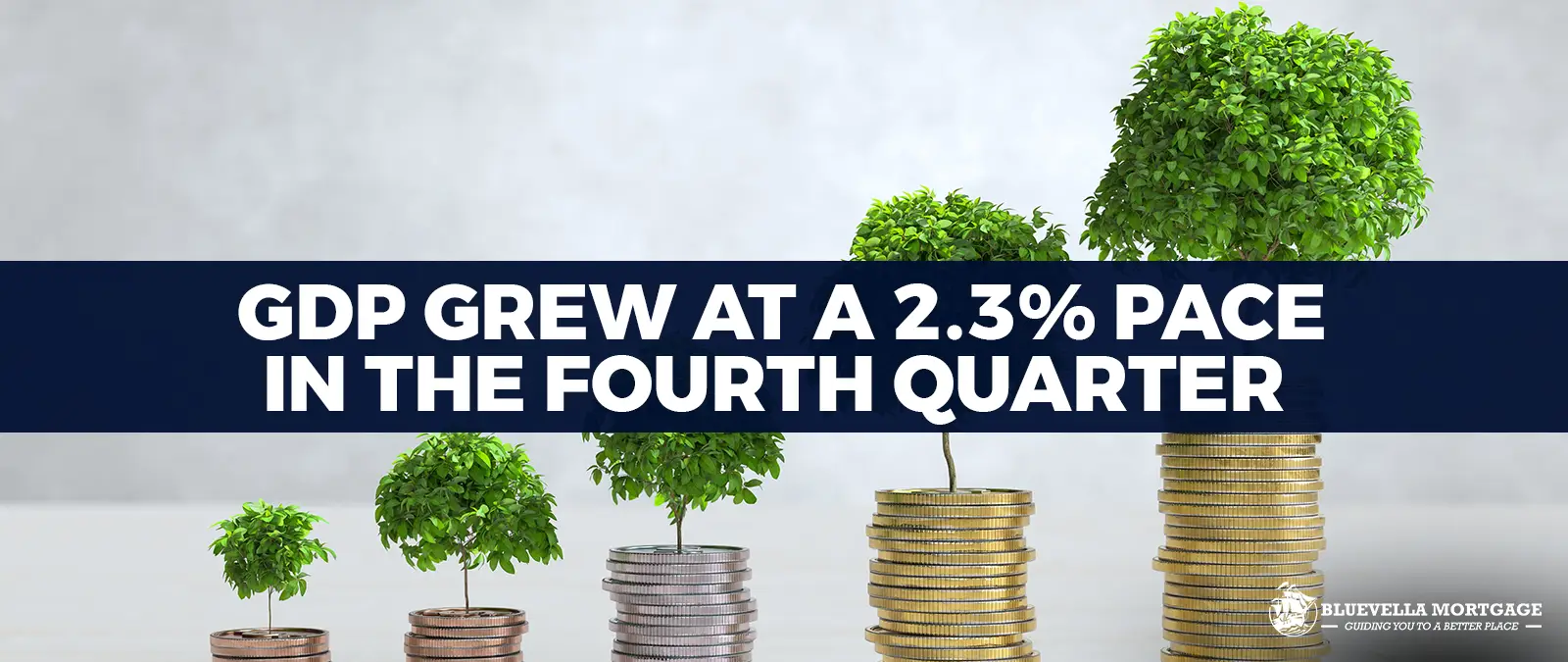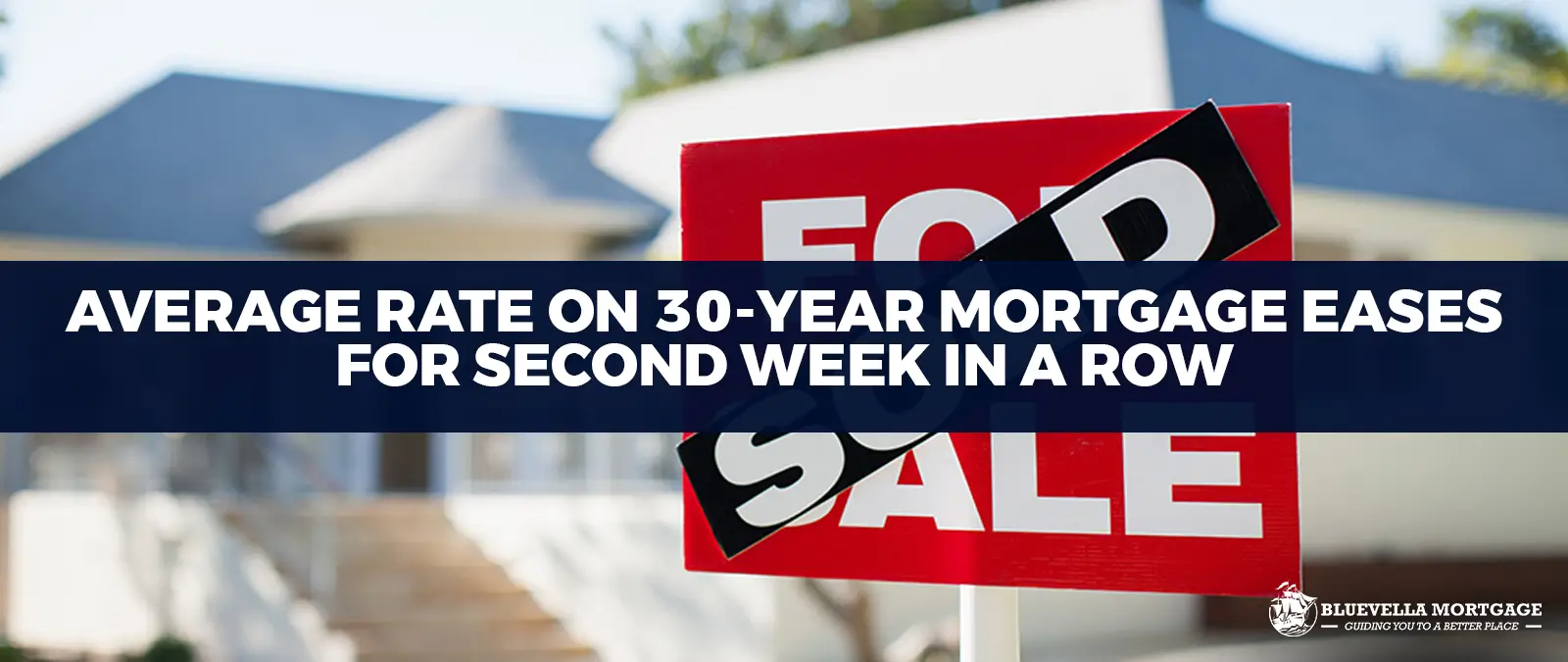A reverse mortgage is a financial instrument designed to assist homeowners, particularly those over the age of 62, in leveraging the equity of their homes to generate income. Unlike traditional mortgages, where homeowners make monthly payments to the lender, a reverse mortgage operates in the opposite manner. In this arrangement, the lender disburses payments to the homeowner, either in a lump sum, through monthly installments, or as a line of credit, depending on the homeowner’s preferences and financial needs.
The fundamental concept of a reverse mortgage revolves around equity release. Equity release allows homeowners to access the accumulated value of their property without the need to sell the home or make monthly payments. This can be a crucial financial tool for retirees looking to supplement their income, cover healthcare expenses, or fund other essential costs. The amount available for borrowing is typically determined by factors such as the homeowner’s age, the home’s value, and current interest rates.
Key terms associated with reverse mortgages include principal limit, which is the maximum amount that can be borrowed; loan proceeds, which refer to the funds received by the homeowner; and mortgage insurance premium, a fee paid to the Federal Housing Administration (FHA) to protect both the borrower and the lender. These terms are essential for understanding how the financial mechanics of a reverse mortgage operate.
Eligibility criteria for obtaining a reverse mortgage generally include being at least 62 years old, owning the home outright or having a significant amount of equity, and using the home as the primary residence. Additionally, the homeowner must undergo a financial assessment to ensure they can meet the obligations associated with property taxes, homeowner’s insurance, and home maintenance.
In summary, reverse mortgages offer a unique opportunity for homeowners to convert their home equity into usable funds, providing financial flexibility and security in retirement. This introduction sets the stage for a deeper exploration of how reverse mortgages function and their potential benefits and drawbacks.
How Payments and Repayments Work
Understanding the mechanics of payments and repayments in a reverse mortgage is crucial for homeowners considering this financial option. Unlike traditional mortgages, reverse mortgages do not require monthly repayments of principal, interest, or servicing fees as long as the homeowner continues to reside in the home. This unique feature allows homeowners to access a portion of their home equity without the immediate financial burden of monthly payments.
Upon approval of a reverse mortgage, the lender provides the homeowner with various disbursement options. Homeowners can choose to receive the funds as a lump sum, a line of credit, or through monthly payments. Each of these options offers different benefits and can be tailored to meet the specific financial needs of the homeowner. A lump sum might be useful for significant, one-time expenses, while monthly payments can provide a steady income stream. A line of credit offers flexibility, allowing homeowners to draw funds as needed.
It is essential to note that the loan balance will increase over time as interest and fees accrue. However, repayment is deferred until a triggering event occurs. If the homeowner decides to move out, sell the home, or passes away, the reverse mortgage becomes due. In such cases, the total amount borrowed, along with accrued interest and fees, must be repaid. Typically, this repayment is facilitated by selling the home. If the sale proceeds exceed the loan balance, the remaining equity goes to the homeowner or their heirs. Conversely, if the sale does not cover the loan amount, the lender absorbs the loss, as reverse mortgages are non-recourse loans.
Thus, a comprehensive understanding of how payments and repayments work in a reverse mortgage can help homeowners make informed decisions. By choosing the right disbursement option and being aware of repayment conditions, homeowners can effectively leverage their home equity to meet their financial needs while planning for future contingencies.
Utilizing Funds from a Reverse Mortgage
One of the most significant advantages of a reverse mortgage is the flexibility it offers homeowners in terms of how they utilize the funds. Traditionally, many homeowners use the proceeds from a reverse mortgage to cover essential housing expenses. This can include property taxes, homeowner’s insurance, and routine maintenance costs, ensuring the home remains in good condition and compliant with local regulations.
Beyond these fundamental uses, the funds from a reverse mortgage can also be allocated to cover daily living expenses, such as groceries, utilities, and fuel. This can be particularly beneficial for individuals on a fixed income, providing them with a supplemental cash flow to manage their monthly budgets more effectively. Additionally, reverse mortgage funds can be a crucial resource for healthcare costs, which are often unpredictable and can place a significant financial burden on retirees.
Some homeowners may choose to use the funds for more strategic financial planning. For instance, reverse mortgage proceeds can be employed to consolidate existing debt, potentially reducing monthly payments and interest rates. This can lead to an overall improvement in financial stability. Furthermore, the funds can serve as a cushion to delay claiming Social Security benefits. By postponing Social Security, individuals can increase their future benefit amounts, enhancing their long-term financial security.
In some cases, homeowners might use the funds to fulfill personal desires or enhance their quality of life. This could include travel, home renovations, or even educational expenses for themselves or their family members. The ability to use reverse mortgage funds in such a versatile manner underscores the importance of this financial tool in providing both immediate and future financial flexibility.
Pros and Cons of Reverse Mortgages
Reverse mortgages offer several advantages that can be highly beneficial for homeowners, particularly seniors. One of the most significant benefits is the elimination of monthly mortgage payments. This can provide substantial financial relief for those living on a fixed income. Instead of making payments to the lender, homeowners receive payments from the lender, which can help cover living expenses, medical costs, or other financial needs. Moreover, reverse mortgages allow homeowners to stay in their homes, which is a crucial factor for many who wish to age in place. The funds received are also tax-free, providing an additional financial advantage.
However, it is essential to consider the potential downsides of reverse mortgages. One major drawback is the high fees associated with these loans. Origination fees, mortgage insurance premiums, and closing costs can add up quickly, reducing the overall benefit. Additionally, a reverse mortgage can significantly impact the homeowner’s estate. Since the loan must be repaid when the homeowner passes away or sells the home, it may reduce the amount of inheritance left for heirs. Another critical point is the risk of depleting home equity. As the loan balance increases over time, the available home equity decreases, potentially leaving little to no equity for future financial needs or emergency situations.
Given these considerations, it is clear that reverse mortgages come with both advantages and disadvantages. Homeowners must carefully weigh these factors to determine whether a reverse mortgage aligns with their financial goals and circumstances. Consulting with a financial advisor can also provide valuable insights and help ensure that an informed decision is made.






